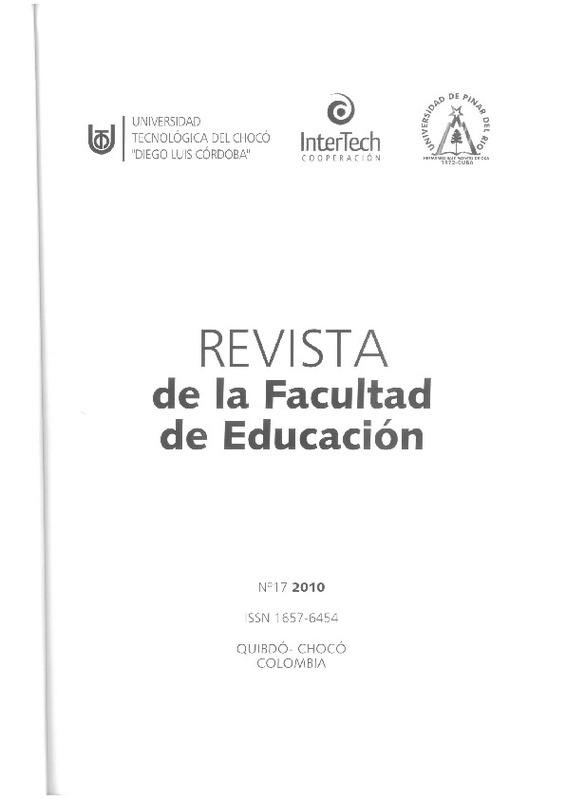JavaScript is disabled for your browser. Some features of this site may not work without it.
Buscar en RiuNet
Listar
Mi cuenta
Estadísticas
Ayuda RiuNet
Admin. UPV
iGEM: una experiencia educativa única de trabajo en grupos multidisciplinares en el campo de la biología
Mostrar el registro sencillo del ítem
Ficheros en el ítem
| dc.contributor.author | Pitarch, M.
|
es_ES |
| dc.contributor.author | Montagud Aquino, Arnau
|
es_ES |
| dc.contributor.author | Navarro-Peris, Emilio
|
es_ES |
| dc.contributor.author | Fernández de Córdoba, Pedro
|
es_ES |
| dc.contributor.author | Urchueguía Schölzel, Javier Fermín
|
es_ES |
| dc.date.accessioned | 2018-04-16T04:11:42Z | |
| dc.date.available | 2018-04-16T04:11:42Z | |
| dc.date.issued | 2010 | es_ES |
| dc.identifier.issn | 1657-6454 | es_ES |
| dc.identifier.uri | http://hdl.handle.net/10251/100445 | |
| dc.description.abstract | [EN] As science and technology advance and grow in complexity the traditional idea of classifying impervious areas of knowledge is more obsolete. The idea of multidisciplinary working groups in which knowledge is joined cooperatively is taking higher consideration. With this background, taking into account that biology is undergoing a revolution in terms of the possibilities to manipulate and understand living systems similar to what physics experienced in the early twentieth century and that biological systems are the most complex of all that we know, the idea of combining engineering and biology in a same core of knowledge known as Synthetic Biology was born. This new field integrates the skills and knowledge developed in other formal sciences with the vast amount of scientific knowledge currently available in Biology. In order to make it possible efficiently, it requires additional training effort, since biology has a much more differentiated descriptive language which may have other areas such as electrical engineering, mechanical engineering, physics or mathematics. This article shows the great potential of Synthetic Biology through the cooperative work of professionals from different areas, but without neglecting the problems that it entails. | es_ES |
| dc.description.abstract | [ES] Conforme la ciencia y la técnica avanzan y crecen en complejidad la idea tradicional de clasificar las áreas de conocimiento impermeables entre ellas está más en desuso y tanto en el mundo empresarial como en el universitario la idea de grupos de trabajo multidisciplinares en los que los conocimientos se sumen de forma cooperativa se está cobrando una mayor relevancia. Con esta intención presente y teniendo en cuenta que actualmente por un lado la biología está sufriendo una revolución en cuanto a las posibilidades de manipular y entender los sistemas vivos similar a la que vivió la física a principios del siglo XX y que por otro los sistemas biológicos son los más complejos de todos cuanto conocemos, nace la idea de aunar la ingeniería y la biología en un nuevo campo conocido como Biología Sintética. Este nuevo campo de conocimiento trata de integrar las técnicas y conocimientos desarrollados en otras ciencias formales con la gran cantidad de conocimiento científico descriptivo que actualmente se dispone. Para lograr esto de forma eficiente hace falta un esfuerzo formativo adicional, puesto que la biología presenta un lenguaje descriptivo mucho más diferenciado del resto de disciplinas científicas y técnicas. Este artículo pretende mostrar el gran potencial que posee la Biología Sintética gracias al trabajo coordinado de profesionales de diferentes áreas asi como la problemática que ello conlleva. | es_ES |
| dc.language | Español | es_ES |
| dc.publisher | Universidad Tecnologica del Choco Diego Luis Cordoba | es_ES |
| dc.relation.ispartof | REVISTA DE LA FACULTAD DE EDUCACIÓN | es_ES |
| dc.rights | Reserva de todos los derechos | es_ES |
| dc.subject.classification | MATEMATICA APLICADA | es_ES |
| dc.subject.classification | FISICA APLICADA | es_ES |
| dc.subject.classification | MAQUINAS Y MOTORES TERMICOS | es_ES |
| dc.title | iGEM: una experiencia educativa única de trabajo en grupos multidisciplinares en el campo de la biología | es_ES |
| dc.type | Artículo | es_ES |
| dc.rights.accessRights | Abierto | es_ES |
| dc.contributor.affiliation | Universitat Politècnica de València. Instituto Universitario de Matemática Pura y Aplicada - Institut Universitari de Matemàtica Pura i Aplicada | es_ES |
| dc.contributor.affiliation | Universitat Politècnica de València. Departamento de Física Aplicada - Departament de Física Aplicada | es_ES |
| dc.contributor.affiliation | Universitat Politècnica de València. Departamento de Termodinámica Aplicada - Departament de Termodinàmica Aplicada | es_ES |
| dc.contributor.affiliation | Universitat Politècnica de València. Departamento de Matemática Aplicada - Departament de Matemàtica Aplicada | es_ES |
| dc.description.accrualMethod | S | es_ES |
| dc.relation.publisherversion | https://revistas.utch.edu.co/ojs5/index.php/Educacion/index | es_ES |
| dc.description.upvformatpinicio | 55 | es_ES |
| dc.description.upvformatpfin | 61 | es_ES |
| dc.type.version | info:eu-repo/semantics/publishedVersion | es_ES |
| dc.description.volume | 17 | es_ES |
| dc.description.issue | 1 | es_ES |
| dc.relation.pasarela | S\40377 | es_ES |






